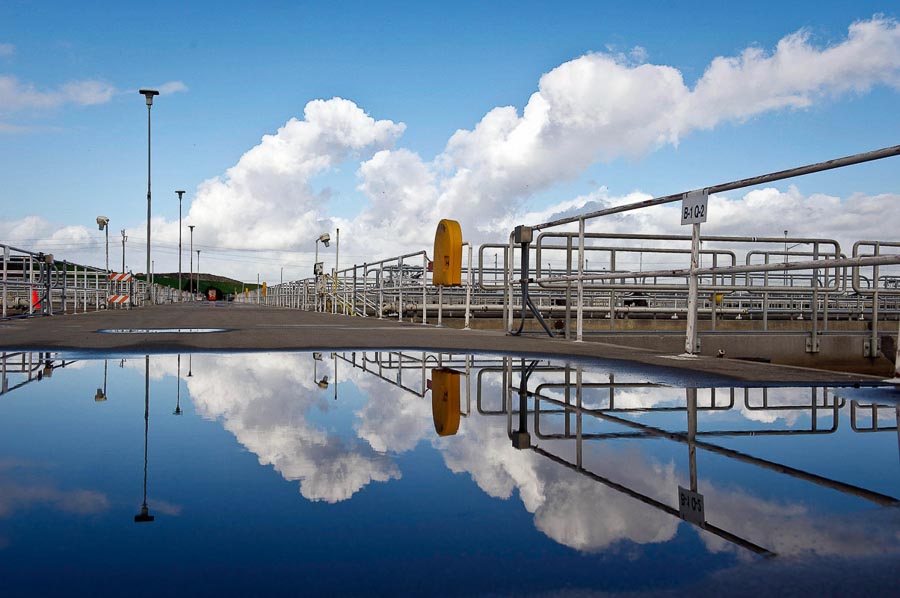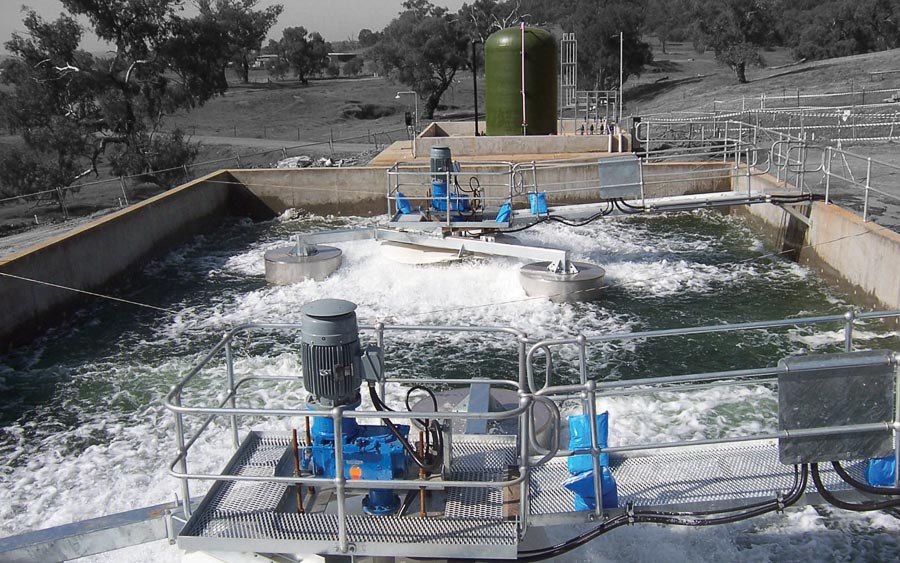It is estimated that world economic activity will increase by 500% by 2050 and global manufacturing by 300%. In fact, industrial production has been growing steadily over the last few decades and will continue to expand, with the result that emission of greenhouse gases will get stepped up and accelerate the pace of global warming.
In these circumstances it is heartening to note that changes in construction materials and methods can have a very positive effect by reducing emissions. For example, it is estimated that 7% of man-made carbon dioxide emissions are due to the manufacture of cement.
A new technology pioneered in Australia replaces the calcium-base lime ingredient that is traditionally found in Portland cement with magnesia. This makes it possible to kiln the cement at half the normal temperature resulting in huge energy savings and lower emissions.
The rapid development of solar energy technology has resulted in the increasing efficiency of photovoltaic (PV) arrays and a sharp fall in prices. This makes solar energy (PV) an extremely attractive option. The construction industry can play an important role in popularizing solar energy by adopting building integrated photovoltaics (BIPV).
This entails the use of photovoltaic materials to replace traditional building materials used for roofs, facades and glazing. Adopting this technology will lead to multiple benefits including better aesthetics, lower electricity bills and the satisfaction that a contribution has been made in the effort to reduce global warming.
Road building is another major activity which the construction industry is involved in. The adoption of two different technologies can make a significant impact to the carbon footprint which road building generates. The first, recycled/reclaimed asphalt pavement (RAP) requires the reuse of asphalt. This material does not lose any of its properties with reuse and the savings in costs and reduction in emission by utilizing this technology is significant.
Warm mix asphalt (WMA) uses a specialised binder instead of a bitumen binder and this process requires much lower temperatures. As a result energy savings of 30% can be achieved.
Both these technologies are extensively used in America where RAP accounts for 19.1% of total asphalt production and WMA accounts for another 19%. In comparison, the figures for Australia are 6% for RAP and 3% for WMA. While a beginning has been made, there is tremendous scope for wider acceptance of these technologies which would have extremely beneficial effects on the environment.
Another important area where the construction industry is promoting sustainability is waste reduction. The Australian government estimates the 42% of solid waste generated in the country is construction waste. A number of steps have been taken to ‘reduce, reuse and recycle’, and rapid progress in this direction is being made.
The government and the construction industry is aware of the importance of using sustainable building materials and taking other steps to reduce carbon emissions. It is a positive sign that increasing numbers of construction companies are adopting green practices and using sustainable materials.



 This information will never be shared to third parties
This information will never be shared to third parties